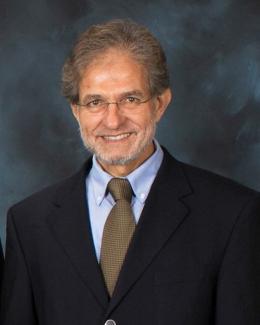Abstract
Valorization of waste streams is becoming increasingly important to improve resource recovery and economics of bioprocesses for the production of fuels. The pyrolysis process produces a significant portion of the biomass as an aqueous waste stream, called bio-oil aqueous phase (BOAP), which cannot be effectively converted into fuel. In this report, we detail the separation and utilization of this stream for the production of electrons, hydrogen, and chemicals, which can supplement fuel production improving economics of the biorefinery. Separation methods including physical separation via centrifugal separator, chemical separation via pH manipulation, and electrochemical separation via capacitive deionization are discussed. Bioelectrochemical systems (BES) including microbial fuel cells (MFCs), microbial electrolysis cells (MECs), and electro-fermentation processes are reviewed for their potential to generate current, hydrogen, and chemicals from BOAP. Recent developments in MECs using complex waste streams and electro-active biocatalyst enrichment have resulted in advancement of the technology toward performance metrics closer to commercial requirements. Current densities above 10 A/m2 have been reported using BOAP, which suggest further work to demonstrate the technology at pilot scale should be undertaken. The research on electro-fermentation is revealing potential to generate alcohols, diols, medium chain fatty acids, esters, etc. using electrode-based electrons. The ability to derive electrons and chemical building blocks from waste streams illustrate the advancement of the BES technology and potential to push the frontiers of bioenergy generation one step further toward development of a circular bioeconomy.


